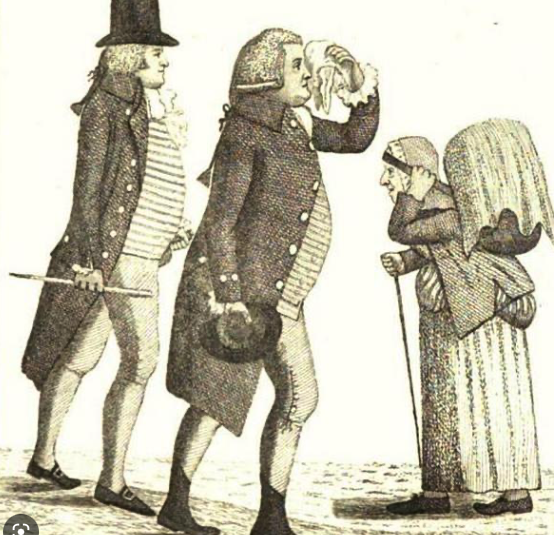History 1869

1869 Shift from Gentry to Tradesman
Land Records in 1865 states that the will of Charles Merryman transferred the Clover Hill property to eight of his descendants. The heirs sold Clover Hill farm in 1860 to Charles Reese.
Charles Reese of Baltimore, “dealer in wines, fruits and fine groceries” purchased some of the land. Reese transformed Clover Hill from a farm operated by landed gentry to a country estate, the home of a successful tradesman. The shift of land ownership from country gentleman to tradesman and entrepreneur was underway in Baltimore as well as elsewhere in the country. Much of the farm lying West of Charles Street remained within the Merryman family.

In 1876 transportation in the area mushroomed.
- Forrest Avenue became Charles Street Avenue and then Charles Street early in the century.
- The intersection of Charles Street Avenue and Merryman’s Lane had a tollgate from 1854 until 1906 despite protest from residents on the avenue. The four and one-half mile toll road led from 24th Street to Powder Mill Road (now Bellona Avenue). The road was lined for much of its length with large trees.
- Melrose Avenue is now Canterbury Road
- Mallory Lane is now Highfield Road
- Sixth Avenue is now 39th Street

Charles Street had modest beginnings and is one of Baltimore’s oldest roads. Lore has it that it follows a Susquehannock Indian Trail. A less romantic view is that Charles Street followed an old wagon path. Known as Forrest Street when “Baltimore Town” was laid out in 1730, it led north from the harbor “toward and through woodlands and farms”: to the great forest that still surrounded the new Baltimore.Sometime in the ensuing three or four decades, Forrest Street became Charles Street Avenue. The street grew with the city, extending North of Merryman’s Lane by 1854. It was paved with cobblestones, wooden blocks, granite blocks, and asphalt blocks until the 1920’s when smooth asphalt paving covered the road. Trolley tracks were installed in 1871 in the downtown sections.
As early as 1804, Baltimore constructed toll roads that connected the interior of the country to the harbor and promoted transportation and economic growth. In 1858 a toll gate was installed at the corner of Charles and Merryman’s Lane despite the protest of the property owners on the avenue. The impassioned protests failed and the four and one-half mile toll road from 24th to Powder Mill Road (now Bellona Avenue) opened. The toll gate operated until 1906.